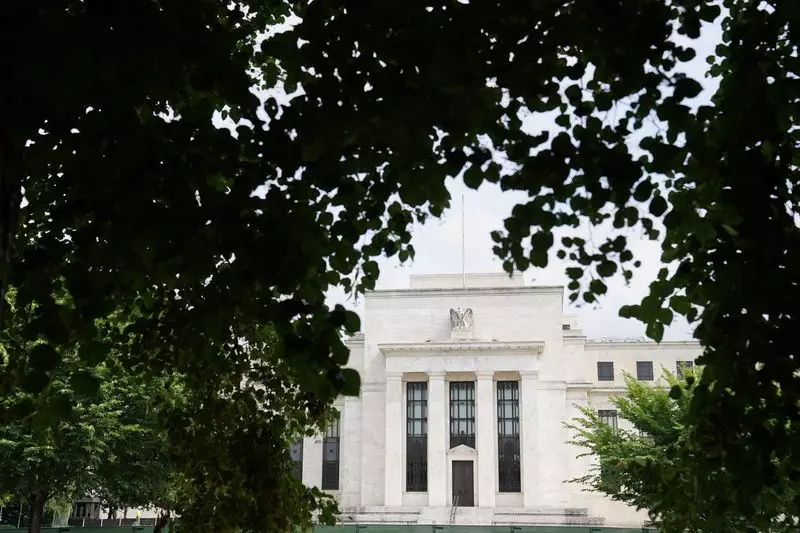As the Federal Reserve officials gear up for their upcoming meeting, the market is buzzing with anticipation over the possibility of a 25 basis point rate cut. While the decision to hold rates steady is widely expected, there is a growing consensus that the Fed may signal a potential cut at the next meeting in September. This move is seen as a strategic way for the Fed to build a case for a rate cut and establish internal consensus among policymakers. However, there are differing opinions among analysts regarding the timing and extent of the rate cut.
Debate Over Forward-Leaning Policy
The debate leading up to the July meeting revolves around how forward-leaning the Federal Open Market Committee (FOMC) is willing to be in terms of signaling a rate cut. Fed Chair Jerome Powell’s view that the balance of risks to inflation and employment is shifting in favor of cutting rates is a key point of contention. Evercore ISI strategists believe that the Fed will refrain from explicitly pre-signaling a rate reduction at the September meeting. They argue that Fed leadership is proceeding methodically to build a case for a cut and achieve internal consensus on the timing and extent of subsequent moves.
Evercore suggests that key elements to watch for in the Fed’s statement include an upgrade in the language on inflation progress, an assessment that labor data has moderated, and increased emphasis on the balance of risks. They also point to a potential change in the third paragraph of the recent FOMC statement, which currently indicates that the Committee does not expect to cut rates until it has greater confidence in sustainable inflation. Economists at Citi echo similar sentiments, stating that Fed officials are likely to use the July meeting to build consensus and signal an upcoming rate cut.
Economists at Citi believe that unless there is a significant upside surprise in inflation, the Fed is expected to deliver a 25 basis point rate cut in September. They also suggest that a quicker increase in the unemployment rate, reaching 4.3% or higher by August, could prompt continued cuts in November or even a 50 basis point rate cut. Market conditions, particularly a sell-off in equity markets, could also influence the Fed’s policy path towards a more dovish stance.
Macquarie economists, while also expecting the first rate cut in September, forecast a total of 75 basis points in cuts by early 2025, bringing the Fed funds rate to 4.5-4.75%. They highlight that unexpected labor market weakening could accelerate the easing cycle and lead to a more aggressive rate cut than anticipated. This forecast underscores the uncertainty surrounding the Fed’s policy decisions in response to changing economic conditions.
The upcoming Federal Reserve meeting is poised to provide crucial insights into the central bank’s stance on monetary policy and the potential for rate cuts in the near future. While market expectations are high for a rate cut in September, the exact timing and extent of future cuts remain uncertain. Analysts and economists are closely monitoring key indicators and statements from Fed officials to gauge the direction of monetary policy amidst evolving economic conditions.

